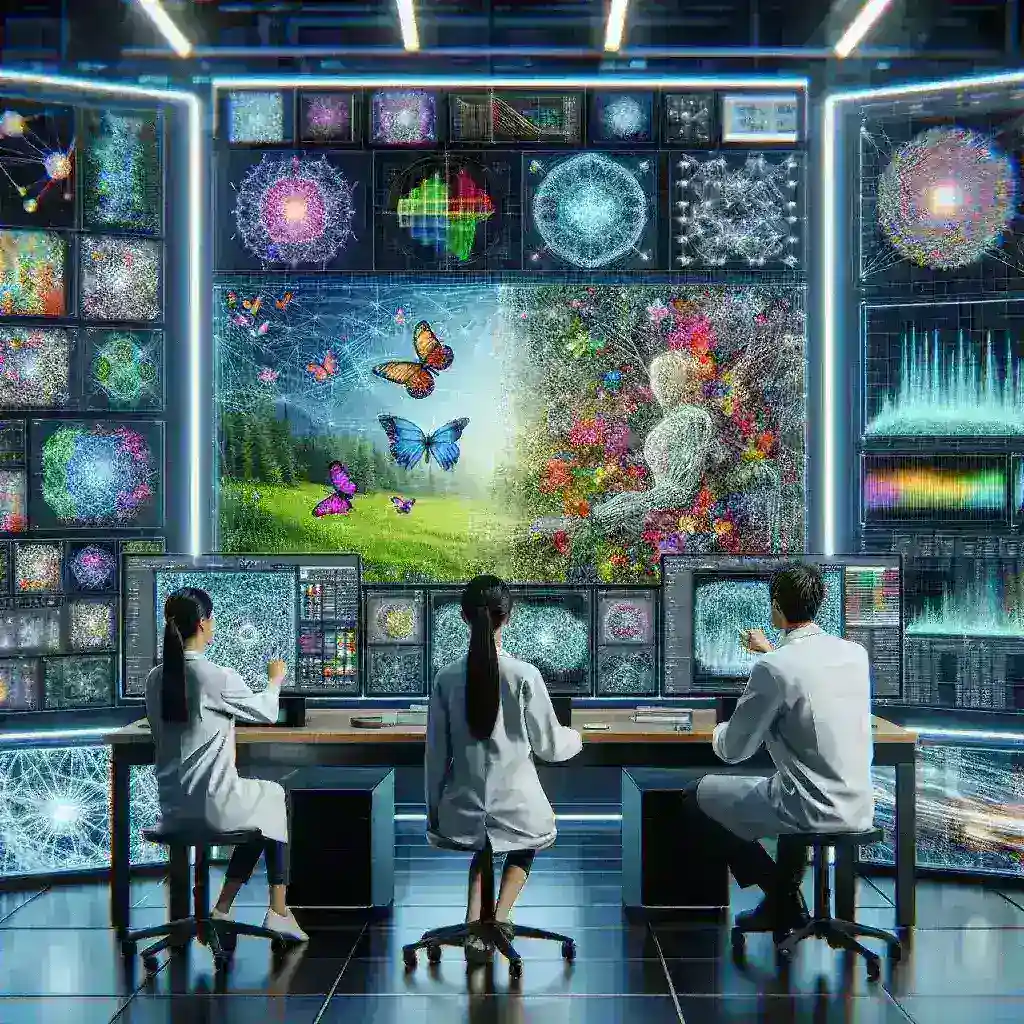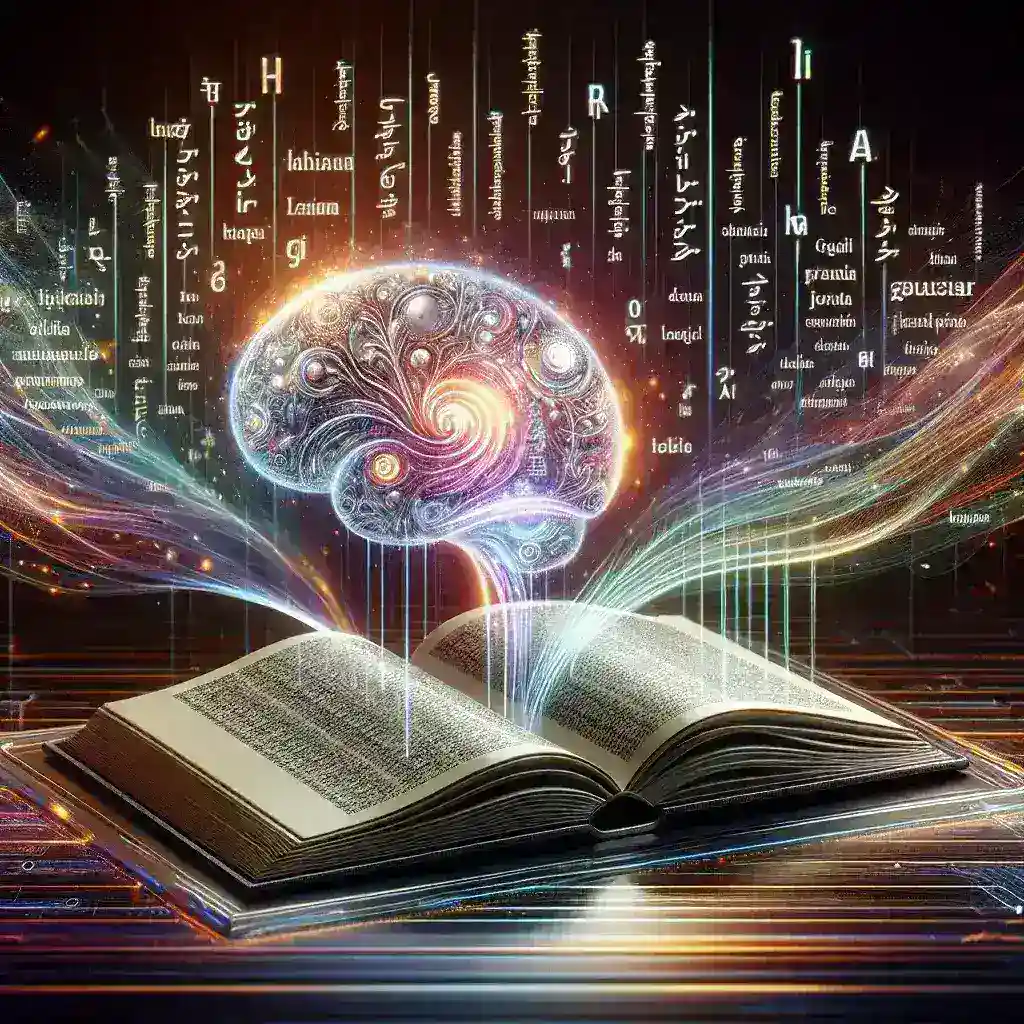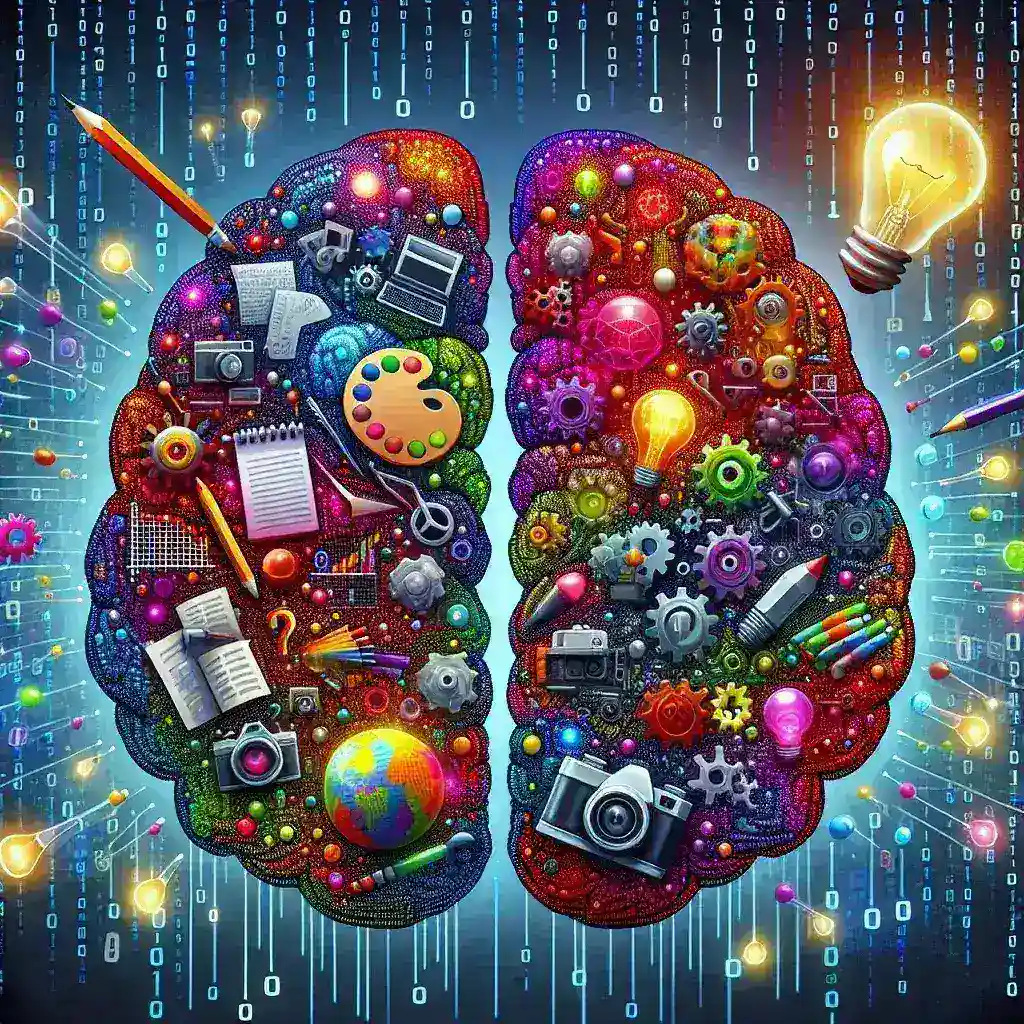The Dawn of AI-Powered Visual Content Creation
Artificial intelligence has fundamentally transformed the landscape of digital content creation, particularly in the realm of generating realistic images and videos. This revolutionary technology has evolved from simple pattern recognition to sophisticated systems capable of producing visual content that rivals human creativity and photographic authenticity. The emergence of AI-driven image and video generation represents a paradigm shift that is reshaping industries from entertainment and marketing to education and scientific research.
Understanding the Technology Behind AI Image and Video Generation
At the core of AI-powered visual content creation lie several sophisticated technologies working in harmony. Generative Adversarial Networks (GANs) serve as the foundation for most modern AI image generators. These networks consist of two neural networks competing against each other: a generator that creates images and a discriminator that evaluates their authenticity. Through this adversarial process, the generator continuously improves its ability to produce increasingly realistic visuals.
Diffusion models represent another breakthrough approach, gradually transforming random noise into coherent images through a series of denoising steps. This method has proven particularly effective in creating high-resolution, detailed images with remarkable consistency and quality.
For video generation, temporal consistency algorithms ensure smooth transitions between frames, while motion prediction models help maintain realistic movement patterns throughout the generated sequences.
Key AI Models and Platforms
- DALL-E and DALL-E 2: OpenAI’s groundbreaking text-to-image generators capable of creating highly detailed images from textual descriptions
- Midjourney: An independent research lab’s AI program that generates images from natural language descriptions
- Stable Diffusion: An open-source model that democratizes access to high-quality image generation
- RunwayML: A comprehensive platform offering both image and video generation capabilities
- Synthesia: Specialized in creating realistic AI-generated videos with human avatars
Applications Across Industries
Entertainment and Media
The entertainment industry has embraced AI-generated content with remarkable enthusiasm. Film studios now utilize AI to create realistic backgrounds, generate crowd scenes, and even produce entire characters. Video game developers leverage these technologies to procedurally generate textures, environments, and character models, significantly reducing development time and costs.
Streaming platforms employ AI to create personalized thumbnails and promotional materials, optimizing viewer engagement through targeted visual content. The technology has also enabled the creation of deepfake videos for legitimate purposes, such as posthumous performances and language dubbing.
Marketing and Advertising
Marketing professionals have discovered unprecedented opportunities in AI-generated visuals. Brands can now create diverse, culturally relevant content without extensive photoshoots or video productions. Product visualization has been revolutionized, allowing companies to showcase items in various contexts and environments without physical staging.
Social media marketing has particularly benefited from AI-generated content, enabling rapid creation of visually appealing posts, stories, and advertisements tailored to specific demographics and platforms.
Education and Training
Educational institutions and training organizations utilize AI-generated images and videos to create immersive learning experiences. Historical recreations, scientific visualizations, and safety training scenarios can now be produced cost-effectively, providing students with engaging and informative content.
Medical education has seen significant advancement through AI-generated anatomical models and surgical simulations, offering students realistic practice opportunities without ethical concerns.
Technical Capabilities and Limitations
Current Capabilities
Modern AI systems can generate images with resolutions exceeding 1024×1024 pixels, maintaining exceptional detail and photorealistic quality. These systems excel at understanding complex prompts, incorporating multiple objects, specific artistic styles, and nuanced lighting conditions.
Video generation capabilities have progressed to producing short clips with consistent character appearances, realistic motion dynamics, and coherent storytelling elements. The technology can now handle various video formats, frame rates, and aspect ratios to meet diverse production requirements.
Present Limitations
Despite remarkable progress, AI-generated content still faces several challenges. Temporal consistency in longer videos remains problematic, with characters sometimes changing appearance or objects behaving inconsistently across frames. Fine detail accuracy can be compromised, particularly in complex scenes with multiple interacting elements.
Computational requirements for high-quality generation remain substantial, limiting accessibility for individual creators and smaller organizations. Additionally, current models struggle with specific technical accuracy requirements, such as precise architectural details or scientific illustrations.
Ethical Considerations and Societal Impact
Deepfakes and Misinformation
The ability to generate realistic human faces and voices raises significant concerns about misinformation and identity theft. Malicious actors can potentially create convincing fake videos of public figures, leading to political manipulation or personal harm. This challenge has prompted development of detection algorithms and legal frameworks to address misuse.
Copyright and Intellectual Property
AI training datasets often include copyrighted images, raising questions about fair use and artistic ownership. The legal landscape continues evolving as courts and legislators grapple with determining rights and responsibilities in AI-generated content.
Artists and photographers express concerns about AI systems potentially devaluing human creativity and reducing employment opportunities in visual arts industries.
Bias and Representation
Training datasets may contain inherent biases, leading to skewed representations of gender, race, and cultural elements in generated content. Addressing these biases requires careful dataset curation and ongoing algorithmic improvements to ensure fair and inclusive outputs.
Future Developments and Trends
Technological Advancements
The future promises even more sophisticated AI generation capabilities. Real-time generation will enable live video creation and interactive content experiences. Multi-modal integration will combine visual generation with audio synthesis, creating comprehensive multimedia experiences.
Personalization algorithms will adapt content generation to individual preferences and requirements, while collaborative AI systems will enable human-AI partnerships in creative processes.
Industry Integration
Professional creative workflows will increasingly incorporate AI assistance, with human artists directing and refining AI-generated content rather than creating from scratch. This collaboration model promises to enhance productivity while preserving human creativity and artistic vision.
The democratization of content creation will continue, enabling individuals and small businesses to produce professional-quality visuals without extensive technical expertise or substantial financial investment.
Best Practices for Implementation
Quality Control Measures
Organizations implementing AI-generated content should establish robust quality control processes, including human review stages and automated detection systems for problematic outputs. Regular model updates and training data refinements help maintain output quality and relevance.
Ethical Guidelines
Developing clear ethical guidelines for AI-generated content use ensures responsible implementation. These guidelines should address consent requirements, disclosure obligations, and usage limitations to prevent misuse and maintain public trust.
Technical Infrastructure
Successful implementation requires adequate computational resources, including high-performance GPUs and sufficient storage capacity. Cloud-based solutions can provide scalable alternatives for organizations without extensive hardware investments.
Economic Impact and Market Dynamics
The AI-generated content market has experienced exponential growth, with industry analysts projecting continued expansion across multiple sectors. Traditional content creation services are adapting their business models to incorporate AI assistance, while new companies emerge specifically focused on AI-powered creative solutions.
Cost reduction benefits are substantial, with some organizations reporting 70-80% decreases in content production expenses. However, quality human oversight remains essential, creating new roles focused on AI direction and output refinement.
Conclusion: Embracing the AI-Powered Creative Future
AI for generating realistic images and videos represents a transformative force in digital content creation, offering unprecedented opportunities for innovation, efficiency, and creative expression. While challenges regarding ethics, quality control, and societal impact persist, the technology’s potential to democratize content creation and enhance human creativity is undeniable.
Success in this evolving landscape requires balanced approaches that harness AI capabilities while maintaining human oversight, ethical standards, and quality control measures. Organizations and individuals who thoughtfully integrate these technologies while addressing associated challenges will be best positioned to thrive in the AI-powered creative economy.
As we advance into this new era of AI-assisted creativity, the focus should remain on augmenting human capabilities rather than replacing them, ensuring that technology serves to enhance rather than diminish the value of human artistic expression and creative vision.



